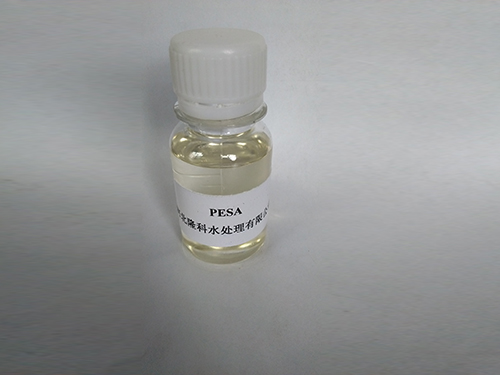Polyacrylamide Production Techniques and Applications for Industry Growth
Polyacrylamide An Overview of Its Manufacturing and Applications
Polyacrylamide is a versatile polymer that has found applications across various industries, thanks to its unique properties. As a water-soluble polymer, it is primarily produced by the polymerization of acrylamide monomers, providing functionalities that are beneficial in a wide range of processes. The manufacturing of polyacrylamide involves several steps, beginning with the careful selection of raw materials and ending with the formulation of the final product to meet specific industrial requirements.
Manufacturing Process
The production of polyacrylamide typically starts with the synthesis of acrylamide, a clear, colorless liquid that is soluble in water. The polymerization process can be conducted using several methods, including free-radical polymerization, which is the most common approach. This process involves the initiation of the acrylamide monomers using chemical initiators, resulting in the formation of polyacrylamide chains through repeated linking of the monomers.
Controlling the polymerization conditions—such as temperature, time, and the concentration of initiators—is crucial as it affects the molecular weight of the resulting polyacrylamide. Polyacrylamide can be produced in various forms, including anionic, cationic, and nonionic variants, each tailored to perform distinct functions based on charge and molecular weight. The diversity in its formulation makes polyacrylamide an essential material for many applications.
Applications in Industry
1. Water Treatment One of the most significant applications of polyacrylamide is in the field of water treatment. Its ability to enhance the settling of suspended particles makes it a crucial component in the flocculation and clarification processes. Polyacrylamide helps in aggregating small particles into larger flocs, which can be easily removed from water. This property is particularly beneficial in municipal wastewater treatment plants and in industries that produce large amounts of effluent.
2. Soil Stabilization and Agriculture Polyacrylamide is extensively used in agriculture for soil erosion control and water retention. When applied to soil, it enhances the structure, improves moisture retention, and reduces erosion. This property is beneficial for regions susceptible to dry conditions and where sustainable agricultural practices are essential.
polyacrylamide manufacturer

3. Oil Recovery In the oil and gas industry, polyacrylamide plays a vital role in enhanced oil recovery (EOR) processes. It is used in water flooding operations to increase the viscosity of the water, which helps in sweeps and displaces more oil to the surface. This application contributes to enhanced recovery rates in mature oil fields.
4. Cosmetics and Personal Care The cosmetic industry is another prominent sector that employs polyacrylamide. Due to its film-forming properties and ability to stabilize emulsions, it is often incorporated into skincare products, lotions, and creams, providing a smooth and soft texture.
5. Pharmaceuticals In the pharmaceutical industry, polyacrylamide serves as a critical component in drug formulation, particularly in controlled-release systems. Its biocompatibility and high moisture-retaining capability make it suitable for various medical applications.
Environmental Considerations
While polyacrylamide is widely used, it is essential to recognize the environmental implications associated with its production and use. The handling of acrylamide monomers requires careful precautions due to their toxicity; therefore, manufacturers must adhere to stringent safety guidelines. Additionally, researchers are actively exploring bio-based alternatives and greener production methods to mitigate the environmental impact of synthetic polymers.
Conclusion
In summary, polyacrylamide is a crucial polymer manufactured for diverse applications across various industries, including water treatment, agriculture, oil recovery, cosmetics, and pharmaceuticals. Its benefits stem not only from its effective properties but also from the constant innovation in its production and formulation. As industries move towards sustainable practices, the future of polyacrylamide manufacturing will likely focus on environmentally friendly alternatives while maintaining its efficacy in its many applications. As demand continues to rise, manufacturers will face the challenge of balancing performance with safety and ecological responsibility.
-
Water Treatment with Flocculant Water TreatmentNewsJun.12,2025
-
Polymaleic AnhydrideNewsJun.12,2025
-
Polyaspartic AcidNewsJun.12,2025
-
Enhance Industrial Processes with IsothiazolinonesNewsJun.12,2025
-
Enhance Industrial Processes with PBTCA SolutionsNewsJun.12,2025
-
Dodecyldimethylbenzylammonium Chloride SolutionsNewsJun.12,2025





